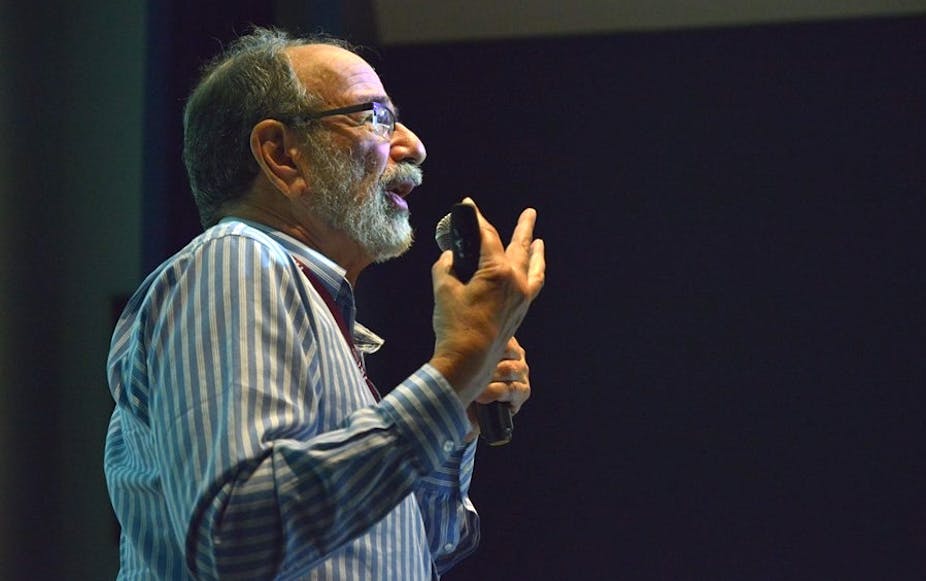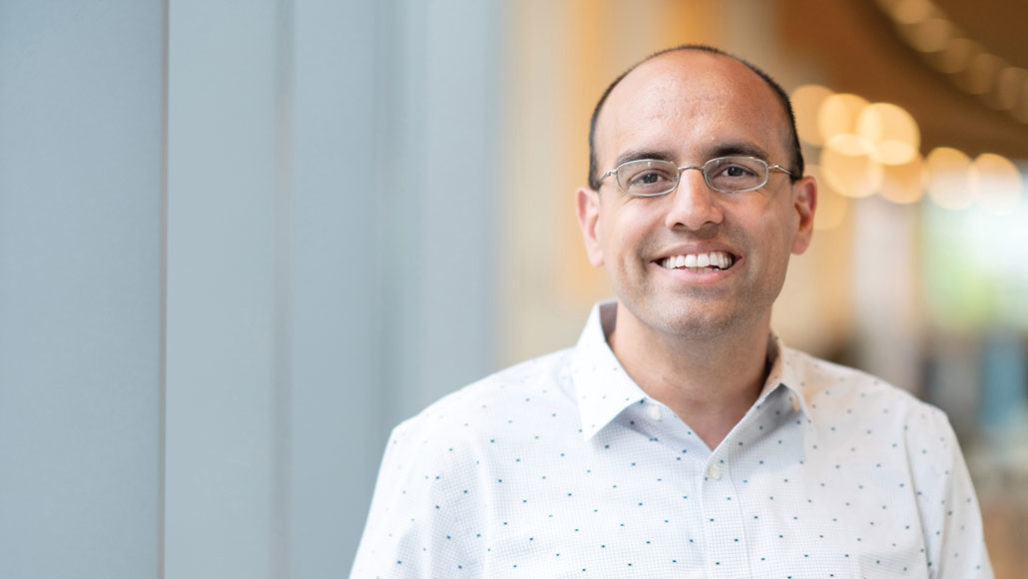Great scholars pass away, and their estates need to put their affairs in order.
The auction house Christie's has several lots for sale, including the Nobel medals of John Nash and Reinhard Selten, and some items of Nash's work.
Here's Christie's front page for these auctions:
A ‘beautiful mind’ and his Nobel Prize
As Christie’s offers the medal given to John Nash in 1994, his biographer Sylvia Nasar reveals how he was nearly denied the prize that arguably saved his life
Here are the particular lots for sale:
LOT61|Sold in part to Benefit the John C.M. Nash Trust
For his brilliant insight into human behavior
JOHN FORBES NASH, JR., 1994
Estimate
USD 500,000 - USD 800,000
"The Nobel Prize and diploma are together with the following items relating to the ceremony: Typed letter signed, 11 October 1994, from the Royal Swedish Academy of Sciences, notifying Nash of his award; Nash's copy of Les Prix Nobel 1994, Stockholm: Nobel Foundation, 1995; Nash's handwritten dimensions for his formal attire, signed ("John Forbes Nash"), one page, c.October 1994; and Nash's nametag ("Dr. John F. Nash, Economics") bearing the Nobel logo."
LOT62|Sold in part to Benefit Scholarships to the California Institute of Technology
For refining Nash's work
REINHARD SELTEN, 1994
Estimate
USD 200,000 - USD 300,000
"The Nobel Prize and diploma are together with a group of 11 photographs of Dr Selten, all 1990s-2000s, various sizes, including shots of him teaching as well as accepting his Nobel Prize.
Fifty percent of the net proceeds of this sale (after all seller’s costs) will be donated to be used as financial aid for gifted students in mathematics and information technology from Eastern Europe studying at the California Institute of Technology."
LOT60 |THIS LOT IS SOLD IN PART TO BENEFIT THE NATIONAL ALLIANCE ON MENTAL ILLNESS
Nash's doctoral thesis
NON-COOPERATIVE GAMES, 1951
Estimate
USD 3,000 - USD 5,000
"Octavo (258 x 173mm). Original orange stapled wrappers (some light soiling to covers, a little rusting to staples). Provenance: John Forbes Nash, Jr."
LOT59|THIS LOT IS SOLD IN PART TO BENEFIT THE NATIONAL ALLIANCE ON MENTAL ILLNESS
Nash's first great contribution to Game Theory
FROM THE LIBRARY OF JOHN FORBES NASH, JR., 1950S
Estimate
USD 2,500 - USD 3,500
"A group of rare offprints from Nash's personal library, two of them annotated. "The Bargaining Problem" is annotated by Nash on the first page where he has commented "a bad choice of phrasing" next to the line "that they are equal in bargaining skill." Contributions to the Theory of Games, which includes Nash and Shapley's "A Simple Three-Person Poker Game" (for which an offprint is also present) has Nash's ownership signature on the first page."
LOT58|THIS LOT IS SOLD IN PART TO BENEFIT THE NATIONAL ALLIANCE ON MENTAL ILLNESS
''I think you will really go places''
JOHN FORBES NASH, JR., C.1940S
Estimate
USD 800 - USD 1,200
"A high school trigonometry paper replete with encouraging words from Nash's teacher, and retained by Nash for the rest of his life"
LOT64|THIS LOT IS SOLD IN PART TO BENEFIT THE NATIONAL ALLIANCE ON MENTAL ILLNESS
A handwritten history of Game Theory at Princeton
JOHN FORBES NASH, JR., 2000S
Estimate
USD 2,000 - USD 3,000
"Nash's handwritten lecture on Game Theory at Princeton University. At the time of his death in 2015, Nash had been associated with Princeton for nearly 70 years, first as an ingenious doctoral student and for the final ten years of his life as a senior research mathematician. After winning the Nobel Prize in 1994, Nash entered a long period of renewed activity and confidence, and here he looks back on the field. His overview begins with the contributions of French mathematician and politician Emile Borel followed by Princeton colleagues John von Neumann and Oskar Morgenstern (he notes that von Neumann "entered the picture" in 1928, the year of his own birth). Nash comments that "scientific concepts often are discovered in stages," and credits Antoine Augustin Cournot and Frederik Zeuthen's work ahead of his own, as well as Shizuo Kakutani's fixed-point theorem. He also touches on the work of Albert Tucker, Alvin Roth, David Gale, Robert Aumann, and Lloyd Shapley."
************
I hope to update these items. In the meantime, some related previous posts, including previous auctions that didn't meet the reserve price:
The auction house Christie's has several lots for sale, including the Nobel medals of John Nash and Reinhard Selten, and some items of Nash's work.
Here's Christie's front page for these auctions:
A ‘beautiful mind’ and his Nobel Prize
As Christie’s offers the medal given to John Nash in 1994, his biographer Sylvia Nasar reveals how he was nearly denied the prize that arguably saved his life
Here are the particular lots for sale:
LOT61|Sold in part to Benefit the John C.M. Nash Trust
For his brilliant insight into human behavior
JOHN FORBES NASH, JR., 1994
Estimate
USD 500,000 - USD 800,000
"The Nobel Prize and diploma are together with the following items relating to the ceremony: Typed letter signed, 11 October 1994, from the Royal Swedish Academy of Sciences, notifying Nash of his award; Nash's copy of Les Prix Nobel 1994, Stockholm: Nobel Foundation, 1995; Nash's handwritten dimensions for his formal attire, signed ("John Forbes Nash"), one page, c.October 1994; and Nash's nametag ("Dr. John F. Nash, Economics") bearing the Nobel logo."
LOT62|Sold in part to Benefit Scholarships to the California Institute of Technology
For refining Nash's work
REINHARD SELTEN, 1994
Estimate
USD 200,000 - USD 300,000
"The Nobel Prize and diploma are together with a group of 11 photographs of Dr Selten, all 1990s-2000s, various sizes, including shots of him teaching as well as accepting his Nobel Prize.
Fifty percent of the net proceeds of this sale (after all seller’s costs) will be donated to be used as financial aid for gifted students in mathematics and information technology from Eastern Europe studying at the California Institute of Technology."
LOT60 |THIS LOT IS SOLD IN PART TO BENEFIT THE NATIONAL ALLIANCE ON MENTAL ILLNESS
Nash's doctoral thesis
NON-COOPERATIVE GAMES, 1951
Estimate
USD 3,000 - USD 5,000
"Octavo (258 x 173mm). Original orange stapled wrappers (some light soiling to covers, a little rusting to staples). Provenance: John Forbes Nash, Jr."
LOT59|THIS LOT IS SOLD IN PART TO BENEFIT THE NATIONAL ALLIANCE ON MENTAL ILLNESS
Nash's first great contribution to Game Theory
FROM THE LIBRARY OF JOHN FORBES NASH, JR., 1950S
Estimate
USD 2,500 - USD 3,500
"A group of rare offprints from Nash's personal library, two of them annotated. "The Bargaining Problem" is annotated by Nash on the first page where he has commented "a bad choice of phrasing" next to the line "that they are equal in bargaining skill." Contributions to the Theory of Games, which includes Nash and Shapley's "A Simple Three-Person Poker Game" (for which an offprint is also present) has Nash's ownership signature on the first page."
LOT58|THIS LOT IS SOLD IN PART TO BENEFIT THE NATIONAL ALLIANCE ON MENTAL ILLNESS
''I think you will really go places''
JOHN FORBES NASH, JR., C.1940S
Estimate
USD 800 - USD 1,200
"A high school trigonometry paper replete with encouraging words from Nash's teacher, and retained by Nash for the rest of his life"
LOT64|THIS LOT IS SOLD IN PART TO BENEFIT THE NATIONAL ALLIANCE ON MENTAL ILLNESS
A handwritten history of Game Theory at Princeton
JOHN FORBES NASH, JR., 2000S
Estimate
USD 2,000 - USD 3,000
"Nash's handwritten lecture on Game Theory at Princeton University. At the time of his death in 2015, Nash had been associated with Princeton for nearly 70 years, first as an ingenious doctoral student and for the final ten years of his life as a senior research mathematician. After winning the Nobel Prize in 1994, Nash entered a long period of renewed activity and confidence, and here he looks back on the field. His overview begins with the contributions of French mathematician and politician Emile Borel followed by Princeton colleagues John von Neumann and Oskar Morgenstern (he notes that von Neumann "entered the picture" in 1928, the year of his own birth). Nash comments that "scientific concepts often are discovered in stages," and credits Antoine Augustin Cournot and Frederik Zeuthen's work ahead of his own, as well as Shizuo Kakutani's fixed-point theorem. He also touches on the work of Albert Tucker, Alvin Roth, David Gale, Robert Aumann, and Lloyd Shapley."
************
I hope to update these items. In the meantime, some related previous posts, including previous auctions that didn't meet the reserve price:
Saturday, September 3, 2016
Sunday, April 28, 2019
Hayek at auction at Sothebys
Thursday, October 27, 2016 Re-auction of Kenneth Wilson's, 1982 Nobel medal for Physics
Thursday, February 26, 2015 Kuznets' Nobel Prize medal auction
Tuesday, March 5, 2013 Nobel medal and diploma of Francis Crick: available at auction
Tuesday, April 23, 2013 Crick's Nobel medal, and letter to his son describing DNA
**************************
Update:
Saturday, October 26, 2019
Auction results: Nobel medals of John Nash and Reinhard Selten
The auction is over, and (unlike in some previous auctions) all of the items sold. The highest profile items, namely the Nobel medals and diplomas, went for $735,000 (Nash) and 225,000 (Selten).
.jpg)
.jpg)
.jpg)








